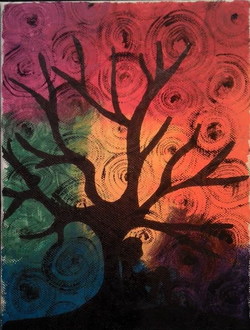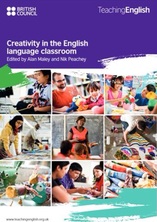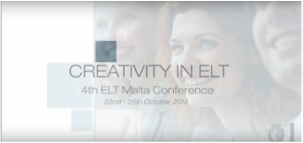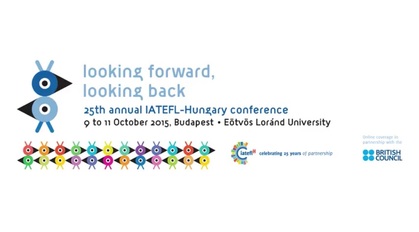First of all, A BIG THANKS to all the competitors who ‘created’, what turned out to be, a very pleasurable and challenging exercise for us the judges. We can all draw/doodle; we can all write; as is evident from the almost 100 entries (96 to be precise) that we received from all age groups (some as young as 8), and from many countries. A more detailed report about this project will appear here in the C Group Blog in early 2016.
However, back to the task which was, ostensibly, quite simple, viz. to ‘draw’ something which represents you in some way, and then to write a few words (max. 17 syllables but not necessarily a haiku) that describe the visual you created. About half of the 96 entries were from learners of English, and the other half from ELT colleagues from a variety of countries.
Finding a winner from the obvious visual and verbal talent on display was not easy. We were, however, not necessarily looking for a budding artist, or even a poet-in-the-making. Incidentally, we may have found a few in both categories! Watch this space!
Each judge was invited to select up to five entries which in his/her opinion had managed to pull off the neat trick of marrying their visual (drawing/painting) with their words in a funny, witty, amusing and, in some cases, profound way...
….and the winner of the first international haiku writing and drawing completion is Ana Maxim (age 11) from Romania. She will receive ONE HUNDRED POUNDS from an anonymous sponsor. For the others, you are invited to try again next year, 2016, when we shall hold a similar competition with 3 prizes: 1 x100 and 2 x50 pounds!

I think I'm alone,
But when I turn my head
I see all my friends.
Happy New Year!
Rakesh Bhanot
Magdy Terray
Alan Maley
Malu Sciamarelli



 RSS Feed
RSS Feed
